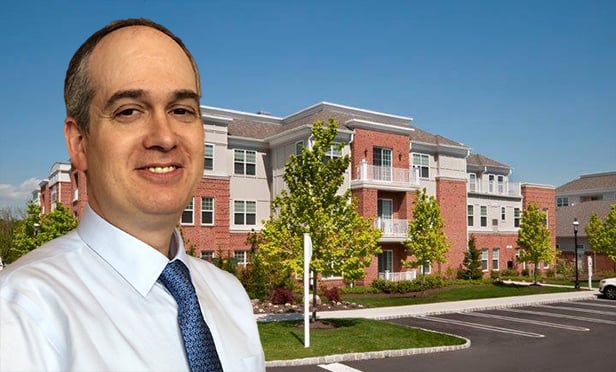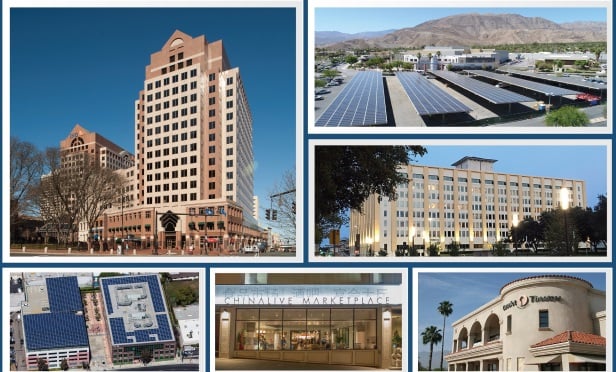SEATTLE—Improved property performance is strongly correlated to green building certification, according to a ground-breaking study of Bentall Kennedy's North American office portfolio conducted by an internationally recognized academic research team.
The study, which was published in the September 2015 issue of the Journal of Portfolio Management, was conducted by Dr. Nils Kok of Maastricht University in The Netherlands and Dr. Avis Devine of the University of Guelph in Canada. The research analyzes 10 years of financial performance data across a Bentall Kennedy-managed office portfolio totaling 58 million square feet, (34 million square feet in the US, 24 million square feet in Canada). Overall, the results provide “compelling evidence” that buildings with sustainable certification outperform similar non-green buildings in terms of rental rates, occupancy levels, tenant satisfaction scores, and the probability of lease renewals.
"This is the most in-depth and conclusive analysis conducted to date of the link between responsible property investment practice and financial returns," said Gary Whitelaw, CEO for the Bentall Kennedy Group. "By examining a large North American portfolio with consistent data across multiple market cycles, the results validate Bentall Kennedy's focus on energy and sustainability improvement in buildings not only as a socially responsible strategy, but also as a way to enhance property income for our clients."
"Previous studies have suggested similar correlations but none of these looked at in-depth, diverse metrics across a large portfolio for as long as 10 years," said Giselle Gagnon, senior vice president, strategic resources group at Bentall Kennedy. "Investors want evidence to support the economic merits of investing in sustainable buildings, and this new academic research provides exactly that."
The study of nearly 300 office properties across North America included lease-level data such as rents, rent concessions and lease renewal rates, as well as building-level information such as occupancy rates, tenant satisfaction scores, energy and water consumption, and green building certifications. Highlights of the findings include:
-- Net effective rents, including the cost of tenant incentives, average
3.7% higher in LEED certified properties in the US than in
similar non-certified buildings.
-- Rent concessions, for LEED and BOMA BEST buildings in Canada are on
average 4% lower than in similar non-certified buildings.
-- Occupancy rates during the period were 18.7% higher in Canadian
buildings having both LEED and BOMA BEST certification, and 9.5%
higher in U.S. buildings with ENERGY STAR certification, than in
buildings without certifications.
-- Tenant renewal rates were 5.6% higher in Canadian buildings with
BOMA BESt Level 3 certification than in buildings with no BOMA BESt
certification.
-- Tenant satisfaction scores were 7% higher in Canadian buildings
with BOMA BESt level 3 and 4 certification than in non-certified
buildings.
-- Energy consumption per square foot was 14% lower in US LEED
certified properties than in buildings without certification.
Recommended For You
Want to continue reading?
Become a Free ALM Digital Reader.
Once you are an ALM Digital Member, you’ll receive:
- Breaking commercial real estate news and analysis, on-site and via our newsletters and custom alerts
- Educational webcasts, white papers, and ebooks from industry thought leaders
- Critical coverage of the property casualty insurance and financial advisory markets on our other ALM sites, PropertyCasualty360 and ThinkAdvisor
Already have an account? Sign In Now
*May exclude premium content© 2025 ALM Global, LLC, All Rights Reserved. Request academic re-use from www.copyright.com. All other uses, submit a request to [email protected]. For more information visit Asset & Logo Licensing.








